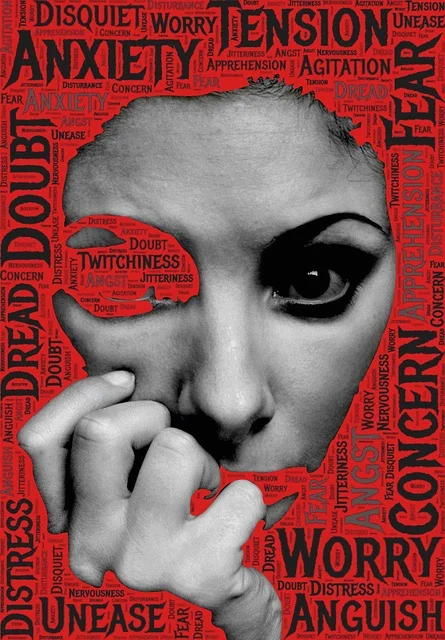Delusions and hallucinations are examples of the detachment from reality that characterizes schizophrenia. It also has an impact on your capacity to identify your symptoms. Although it’s a serious illness, it is treatable.
What is schizophrenia?
A mental illness that severely impairs both your physical and emotional health is schizophrenia. It interferes with your ideas, memory, sensations, and behavior by upsetting the way your brain functions. You might so experience difficulties in many areas of your daily life. Your relationships, whether romantic, professional, or social, are frequently ruined by untreated schizophrenia. Additionally, it may make it difficult for you to organize your thoughts, and you may act in ways that increase your risk of becoming hurt or sick.
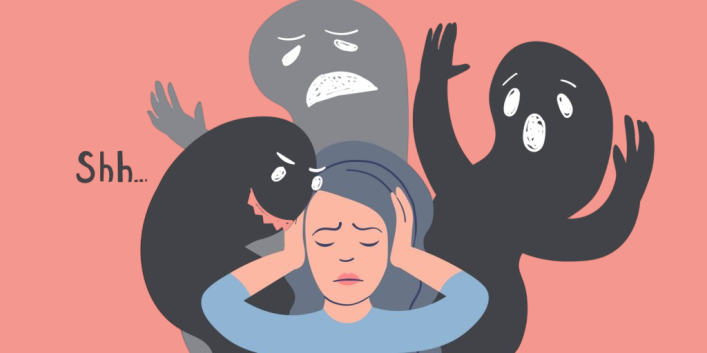
Signs and symptoms
Numerous issues with thinking (cognition), behavior, and emotions are associated with schizophrenia. While there are many different signs and symptoms, they typically entail delusions, hallucinations, or disordered speech and indicate a decreased capacity for functioning. Among the symptoms could be:
Delusions.
These misconceptions are unfounded and untrue. For instance, you may believe that you’re being hurt or harassed, that specific actions or remarks are meant for you, that you’re famous or gifted, that someone else is in love with you, or that a terrible accident is going to happen. For most persons with schizophrenia, delusions are present.
Hallucinations
Usually, these entail perceiving or hearing unreal phenomena. Nonetheless, a person suffering from schizophrenia experiences all the intensity and consequences of a typical event. Though they can occur in any sense, the most common type of hallucination is hearing voices.
Disordered speech or thought.
Chaotic speech suggests chaotic thought. Questions may not be fully or partially addressed, and effective communication may be compromised. On rare occasions, speech may consist of stringing together unintelligible words, a phenomenon frequently referred to as “word salad.”
Aberrant or incredibly disordered motor behavior.
This could manifest itself in a variety of ways, ranging from erratic excitement to childish foolishness. The lack of goal-focused behavior makes activities difficult to complete. Behavior examples include defying orders, acting in an improper
Negative symptoms.
This is diminished or not able to perform normally. For instance, the individual can speak monotonously, avoid making eye contact, or exhibit signs of lack of emotion by changing their facial expressions or personal hygiene. In addition, the person can stop enjoying routine tasks, withdraw socially, or be incapable of enjoying themselves.
Over time, there may be phases when symptoms get worse and times when they get better. Certain symptoms might not go away.
Schizophrenia symptoms in men usually appear in their early to mid-20s. Symptoms in women usually start in their late 20s. Schizophrenia is not often diagnosed in youngsters and is not frequently diagnosed in adults over 45.
Aberrant or incredibly disordered motor behavior.
This could manifest itself in a variety of ways, ranging from erratic excitement to childish foolishness. The lack of goal-focused behavior makes activities difficult to complete. A person’s behavior may include defying orders, adopting an odd or improper posture, acting completely non-responsive, or moving excessively and uselessly.
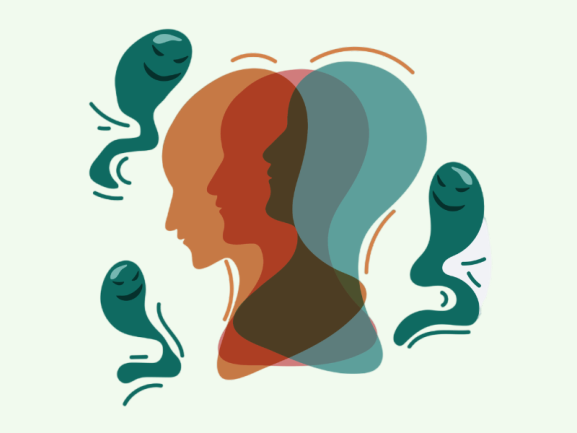
Causes of schizophrenia
Schizophrenia has no single causative factor. Experts believe there are various reasons why schizophrenia arises. The following are the three primary causes:
- Imbalances in the chemical messages that your brain utilizes to communicate between cells.
- Issues with brain development prior to birth.
- Loss of connections in your brain between various places.
Which kinds of schizophrenia exist?
In the past, psychiatrists used to distinguish between several forms of schizophrenia, such as catatonic and paranoid schizophrenia. However, the types didn’t really help with schizophrenia diagnosis or treatment. Rather, professionals today see schizophrenia as a range of illnesses, such as:
- Another personality condition that is included in this category is schizotypal personality disorder.
- Disorder of delusions.
- Transient psychotic illness.
- Schizophrenia-like illness.
- Disorder schizoaffective.
Additional schizophrenia spectrum illnesses, either identified or not. This diagnosis enables medical professionals to identify uncommon schizophrenia variants.
Who is impacted by it?
For men and those assigned male at birth (AMAB), schizophrenia begins between the ages of 15 and 25. For women and those assigned female at birth (AFAB), it begins between the ages of 25 and 35. Additionally, it often affects an equal number of men and women. People over 45 account for about 20% of newly diagnosed cases of schizophrenia. Men and AMAB individuals are more likely to have these occurrences.
Although rare, childhood schizophrenia is not impossible. When childhood-onset schizophrenia does occur, it is typically more severe and more difficult to cure.
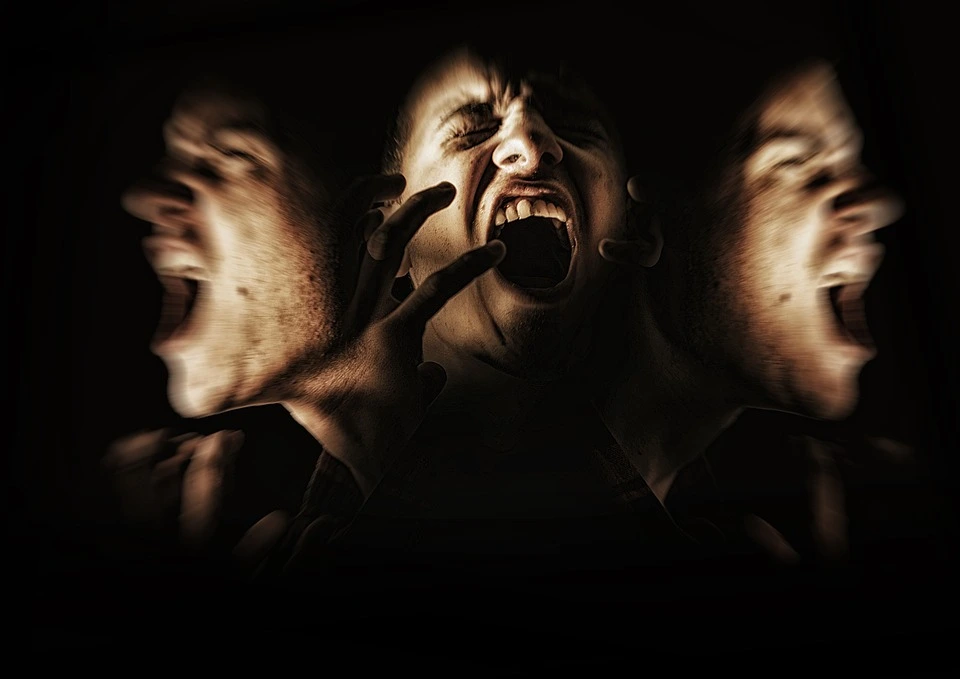
What are the schizophrenia risk factors?
Although the exact cause of schizophrenia is unknown, there are some risk factors that one may consider:
Environment:
A number of things in the environment you live in can make you more susceptible to schizophrenia. Your chance is slightly increased if you were born in the winter. You may also be more susceptible to some disorders that affect the brain, such as infections and autoimmune diseases, which are conditions in which your body’s immune system targets a portion of your body. Prolonged bouts of extreme stress may also contribute to its development.
Development and birth circumstances:
Schizophrenia is influenced by prenatal development. If your mother experienced any of the following during her pregnancy: starvation, preeclampsia, gestational diabetes, or a vitamin D deficiency, your chances of developing schizophrenia increase. Additionally, there is an increased risk if you were underweight when you were born or if there were any birth-related difficulties (such as a cesarean section performed in an emergency).
Use of recreational drugs:
Using some recreational drugs, especially in bigger quantities and at a younger age, has been related to schizophrenia. Among these connections, the one most well researched is the one between heavy marijuana (cannabis) usages during adolescence. However, scientists are unsure if marijuana usage causes schizophrenia directly or if it’s merely a side effect.
How is a diagnosis of schizophrenia made?

Your healthcare practitioner (or the healthcare provider of a loved one) may use a combination of inquiries, your description of symptoms, and observation of your behavior to diagnose schizophrenia or diseases associated to it. In order to rule out other possible reasons of your symptoms, they will also ask you questions. After that, they contrast their findings with those needed to diagnose schizophrenia.
A diagnosis of schizophrenia necessitates the following, per the DSM-5:
- Two out of the five primary symptoms, at least.
- You’ve had these symptoms for a month or longer.
- Your inability to work and your relationships (friendly, romantic, professional, or otherwise) are affected by your symptoms.
What test will be carried out to identify this illness?
For schizophrenia, there are no diagnostic procedures available. However, medical professionals may do tests to rule out other illnesses before making a diagnosis of schizophrenia. The following test kinds are the most likely:
Imaging examinations.
Computerized tomography (CT), magnetic resonance imaging (MRI), and other imaging procedures are frequently used by medical professionals to rule out conditions such as stroke, brain trauma, tumors, and other structural abnormalities of the brain.
Tests for blood, urine, and spinal fluid (spinal tap).
These examinations search for chemical alterations in body fluids that could account for behavioral shifts. They are able to rule out infections, poisoning from other sources, heavy metal toxicity, and more.
Checking for brain activity.
Your brain’s electrical activity is detected and recorded by an electroencephalogram (EEG).
Treatment of schizophrenia
The standard approach to treating schizophrenia is a mix of medication, counseling, and self-management skills. Among them are:
Anti psychotics.
These drugs interfere with the way your brain communicates between cells by blocking specific neurotransmitters.
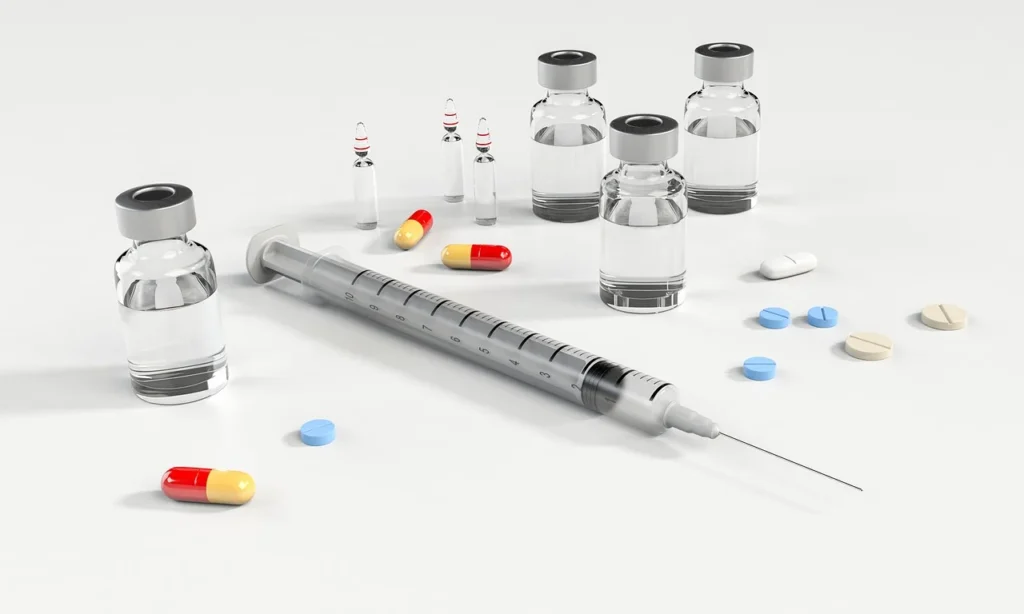
Additional drugs.
In addition, your doctor may recommend additional medications to treat symptoms that coincide with or result from your schizophrenia. In addition, they may recommend drugs to lessen tremors, one of the negative effects of anti-psychotic drugs.
Psychoanalysis.
You can learn to manage and cope with your condition with the use of talk therapy techniques such as cognitive behavioral therapy (CBT). In addition to helping with schizophrenia, long-term therapy can also help with related conditions like anxiety, sadness, or drug abuse.
Electroshock treatment (ECT).
Your provider might suggest ECT if other therapies are unsuccessful. In order to stimulate certain brain regions, an electrical current is administered to your scalp during this treatment. If you have severe sadness, agitation, or other issues, the stimulation can help enhance brain function by causing a brief seizure. You are put under anesthesia if you have ECT. During this process, you will be sleeping and not experience any discomfort.



